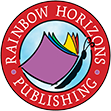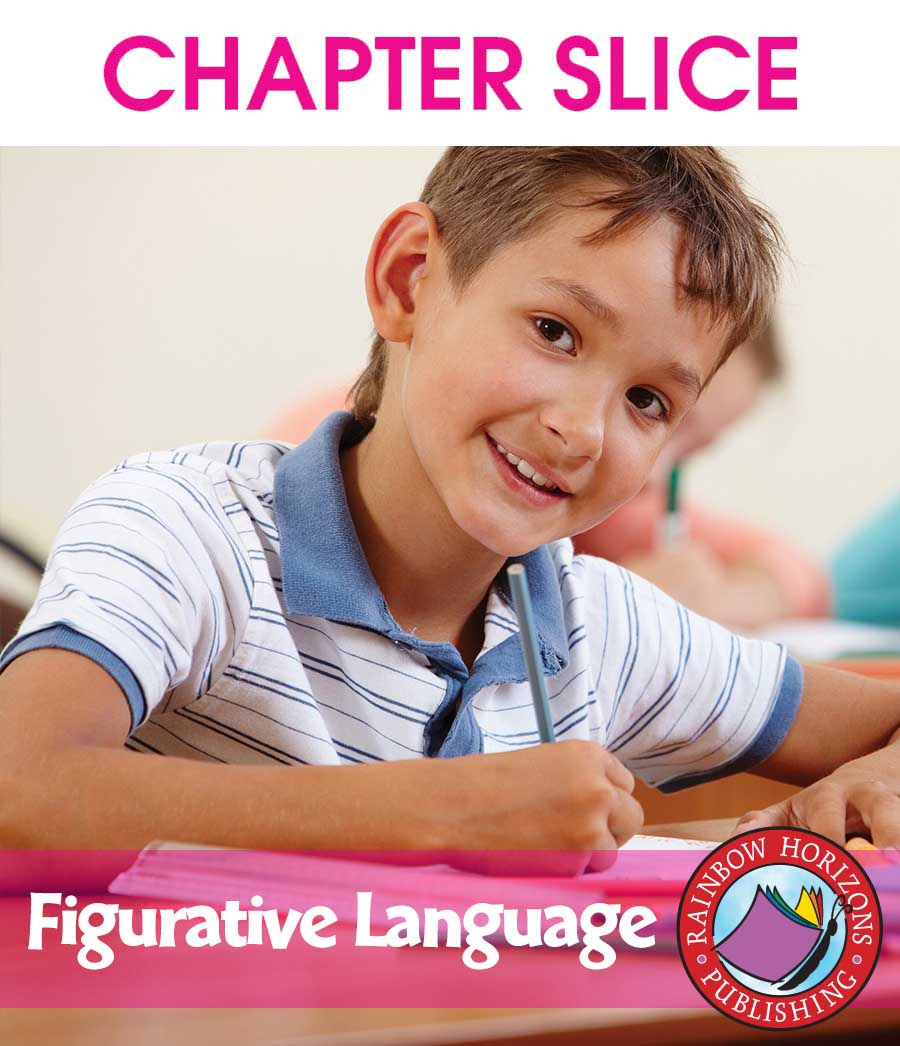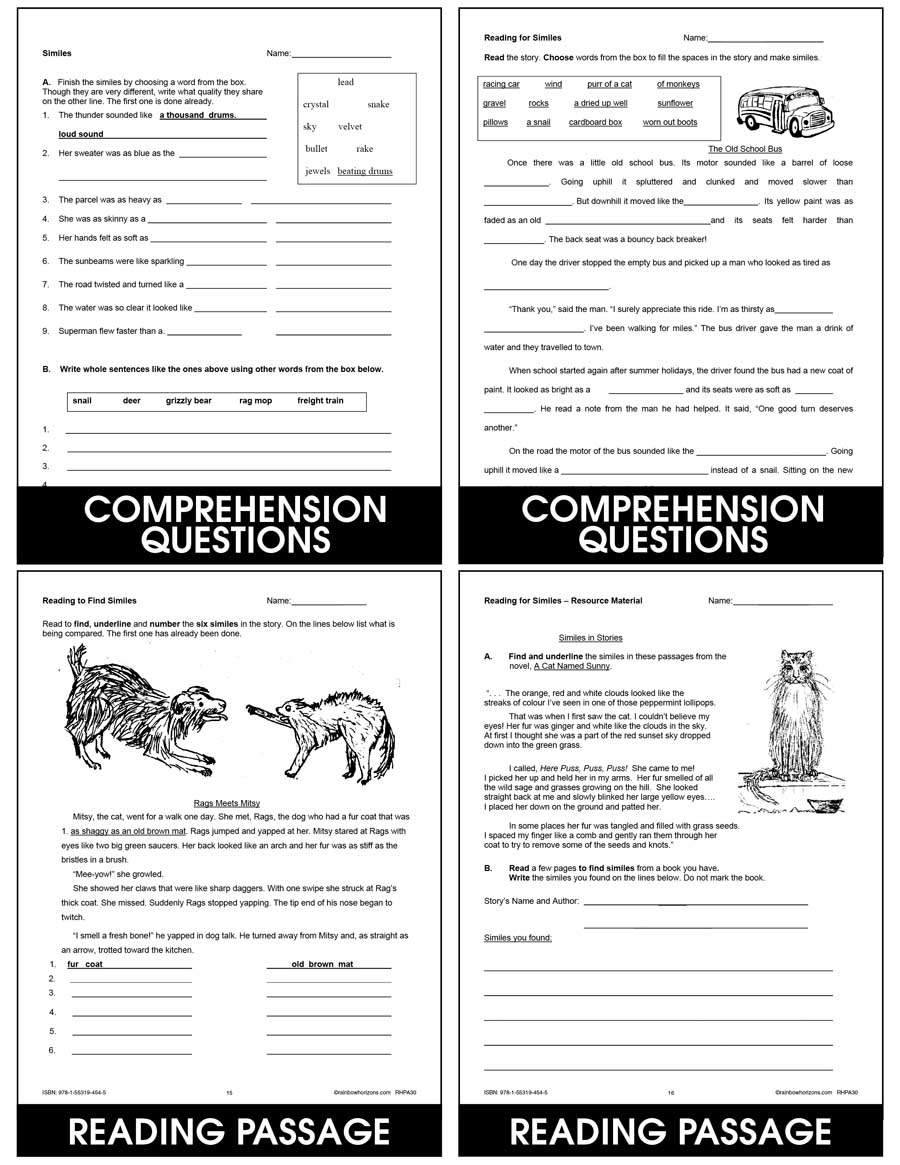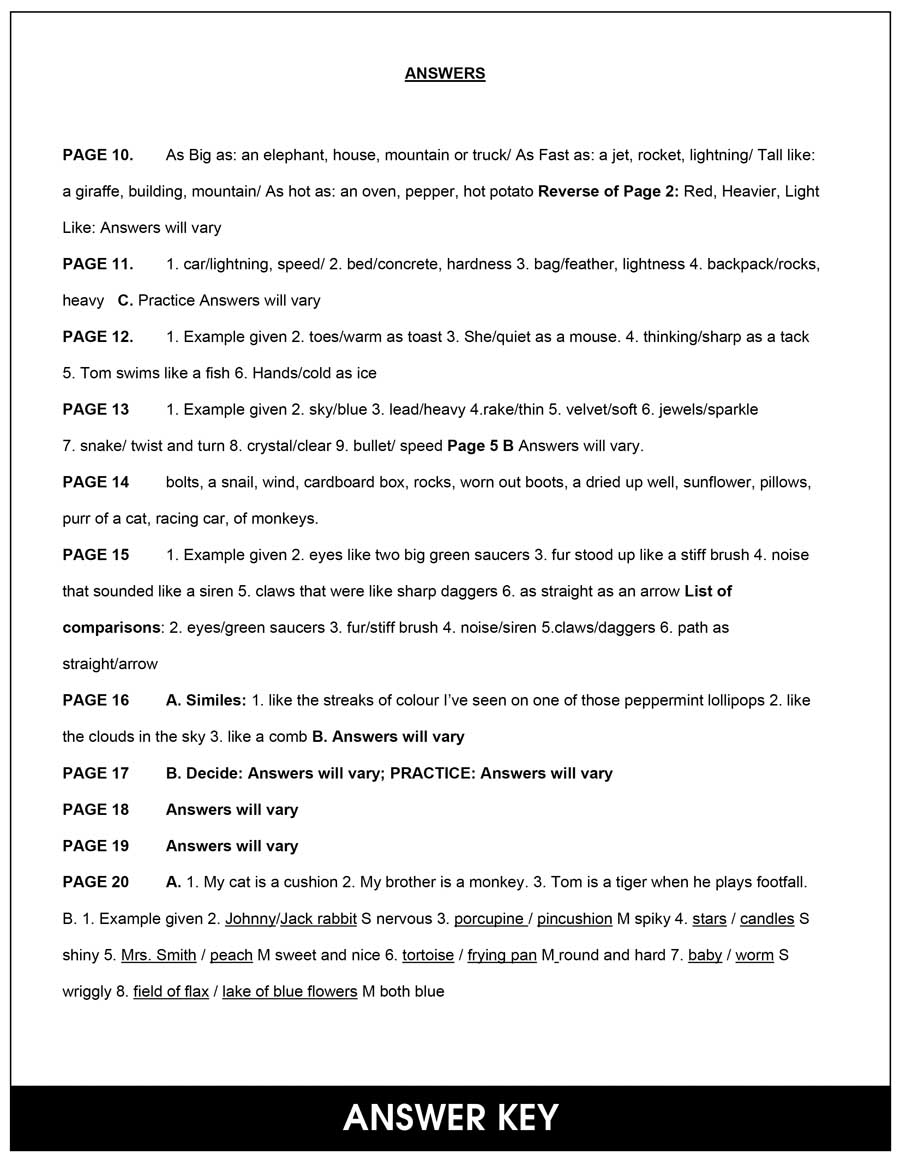Language Arts >
Grades 4, 5, 6 >
Figurative Language - CHAPTER SLICE
Figurative Language - CHAPTER SLICE
Grades 4 to 6 - eBook - Chapter Slice
Description
**THIS IS AN INSTANT DOWNLOAD**
This FREE chapter slice includes a section from our Figurative Language title.
Enjoy 10 FREE worksheets from our Figurative Language title. These worksheets can be used on their own, or paired with the individual resources. And the best part is, it's FREE.
************************************************************************
About the full resource, Figurative Language:
Teach your young writers the Figurative Language tools that will help them increase their vocabulary and enable the readers of their works to better visualize their story, poem or narrative verse. As well, help your students become proficient in discovering the figure of speech while reading. We extensively cover: metaphor (one thing is said to be something else), alliteration (repeats two or more initial sounds in one sentence), personification (occurs when we give a non-human thing, human qualities, like actions, thoughts, feelings and habits), and simile (compares two unlike things using the words like, as or than). This Chants & Classifications lesson provides a teacher and student section with a variety of reading passages, activities, student reviews, and answer key to create a well-rounded lesson plan.
This FREE chapter slice includes a section from our Figurative Language title.
Enjoy 10 FREE worksheets from our Figurative Language title. These worksheets can be used on their own, or paired with the individual resources. And the best part is, it's FREE.
************************************************************************
About the full resource, Figurative Language:
Teach your young writers the Figurative Language tools that will help them increase their vocabulary and enable the readers of their works to better visualize their story, poem or narrative verse. As well, help your students become proficient in discovering the figure of speech while reading. We extensively cover: metaphor (one thing is said to be something else), alliteration (repeats two or more initial sounds in one sentence), personification (occurs when we give a non-human thing, human qualities, like actions, thoughts, feelings and habits), and simile (compares two unlike things using the words like, as or than). This Chants & Classifications lesson provides a teacher and student section with a variety of reading passages, activities, student reviews, and answer key to create a well-rounded lesson plan.






